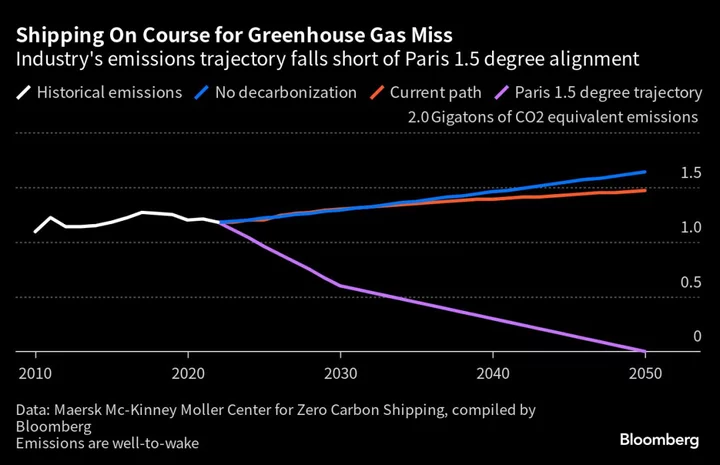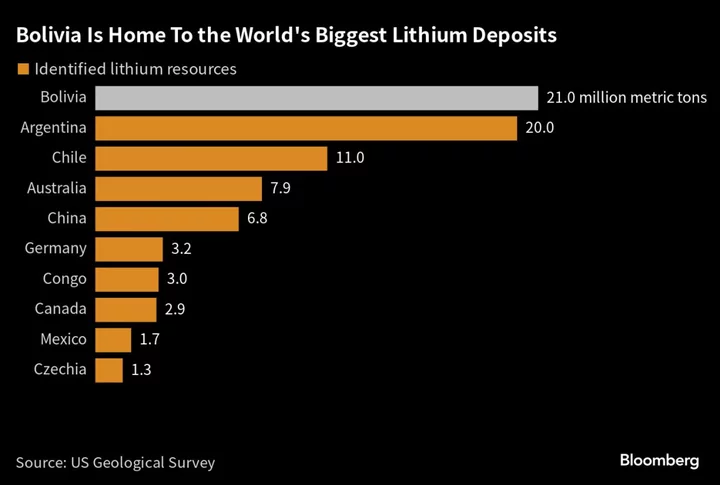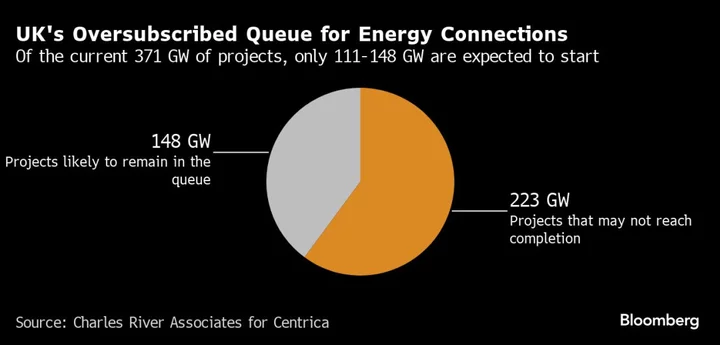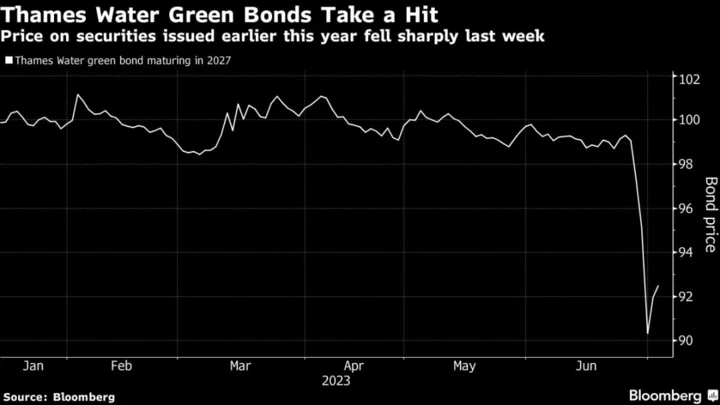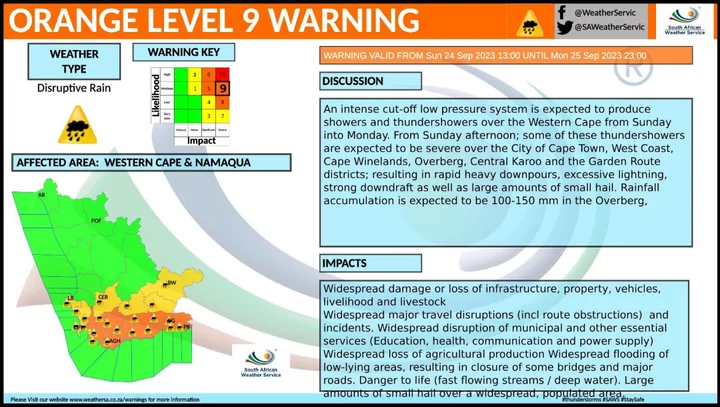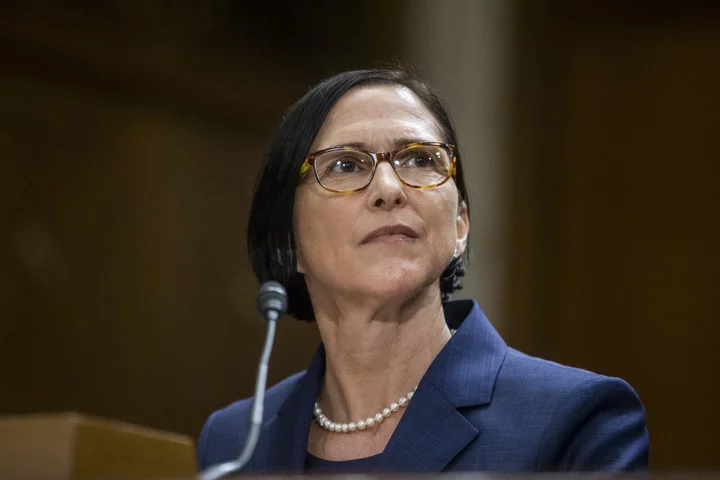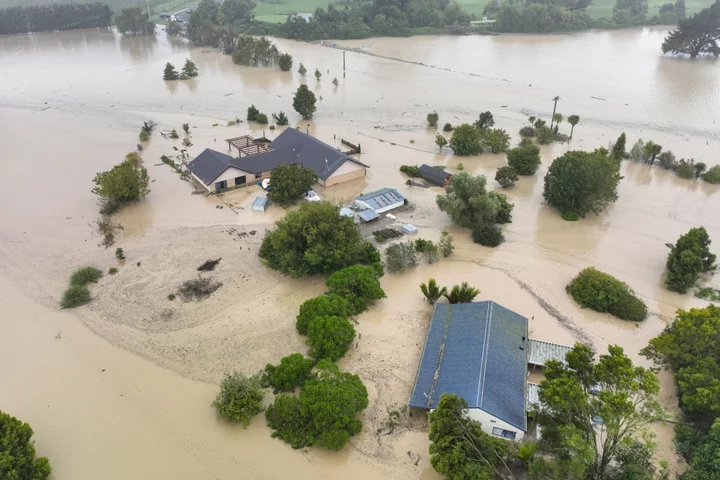Shipping’s regulator is closing in on a new target of net zero emissions by 2050, inching the industry closer to alignment with the Paris Agreement on climate.
The plan — set out in a draft seen by Bloomberg News — is not yet finalized as talks at the London-based International Maritime Organization continue into next week. If adopted, the mid-century target, which would be non-binding, could align with the landmark 2015 Paris Agreement.
Shipping carries more than 80% of world trade and is responsible for about 3% of human-made carbon dioxide emissions. While the IMO is working on new targets, it almost certainly won’t finalize any major new rules — like a charge on carbon — at these meetings.
See also: Carbon Tax for Ships Backed by 22 Countries at Paris Summit
This week’s talks precede next week’s meeting of the IMO’s Marine Environment Protection Committee, or MEPC, where a final decision on the new targets will likely be made. The draft text seen by Bloomberg, dated June 30, is subject to approval and amendment.
The targets include international shipping’s greenhouse gas emissions reaching net zero by, or around, 2050. A goal of net zero by then offers the industry a trajectory that aligns with the Paris Agreement’s aim of limiting global warming to 1.5C degrees above pre-industrial levels, according to a 2022 report from the Maersk Mc-Kinney Moller Center for Zero Carbon Shipping.
That said, interim targets — for 2030 and 2040, for instance — are also required, according to the nonprofit. The draft does include “indicative checkpoints” for emissions reductions.
It also includes a 2030 target for a small amount of the energy used by international shipping to come from zero, or near-zero, GHG-emission sources.
See also: How Freight Shippers Are Trying to Get Greener: QuickTake

